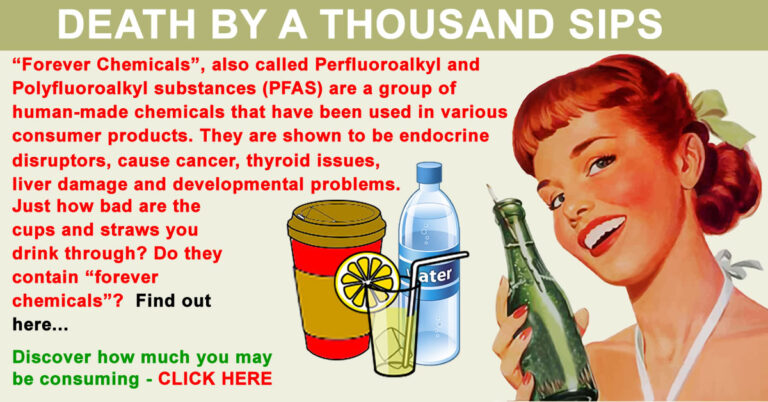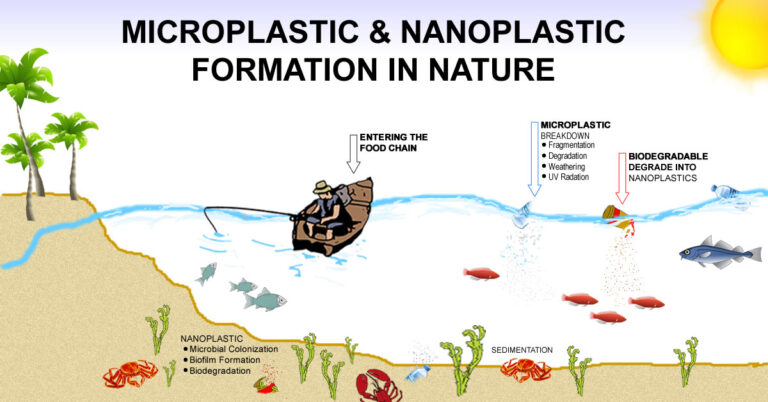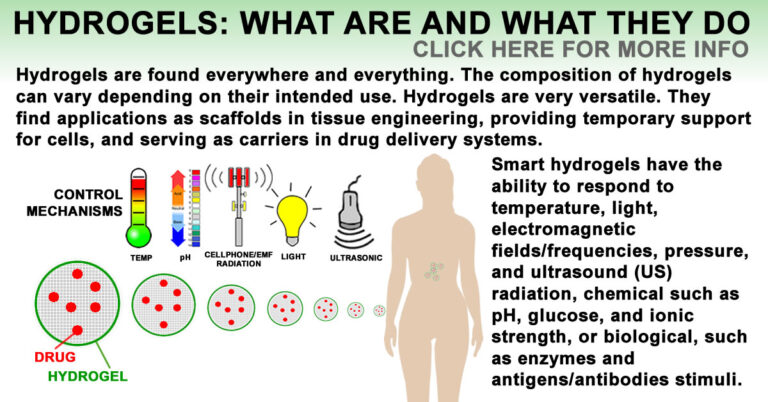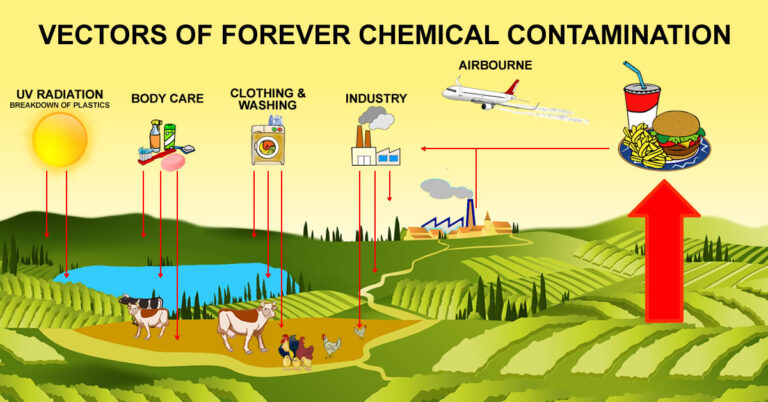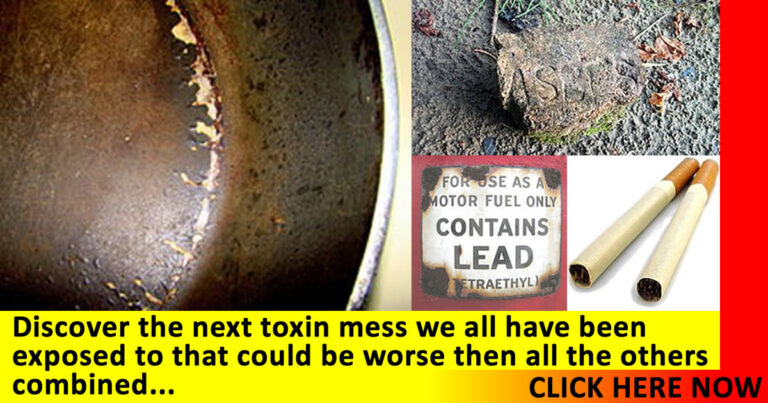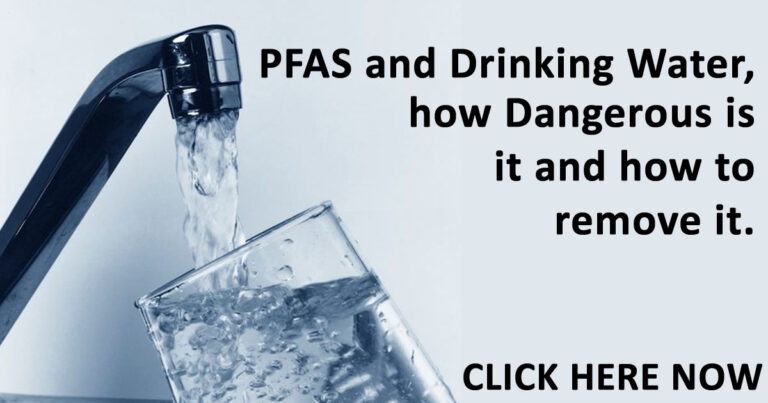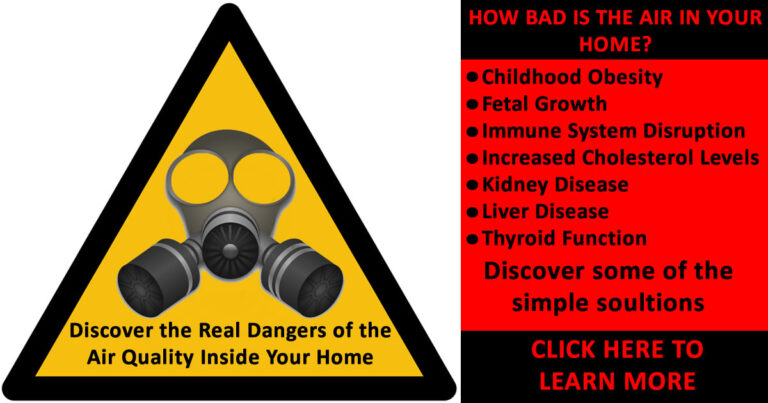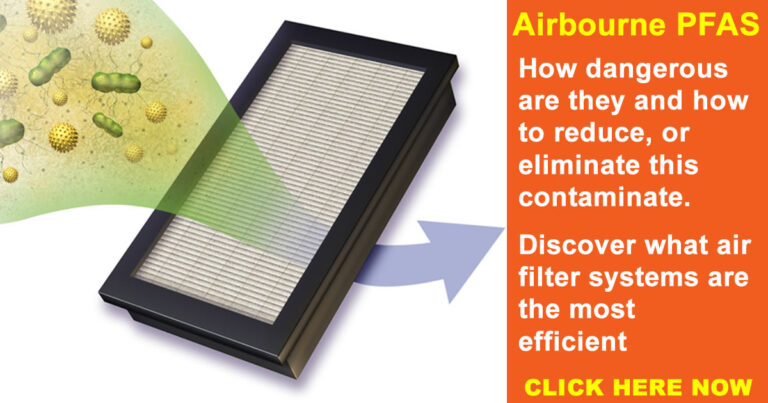Death by a Thousand Sips… and Cuts
Perfluoroalkyl and polyfluoroalkyl substances (PFAS) are a group of human-made chemicals that have been used in various consumer products for their unique properties, including their ability to resist water, grease, and stains. PFAS are also called “forever chemicals”. They are synthetic compounds that contain fluorine-carbon bonds, and they have been widely used since the 1940s,
READ MORE
